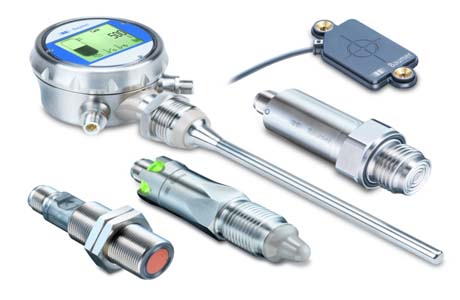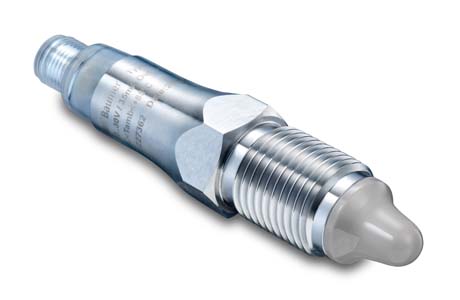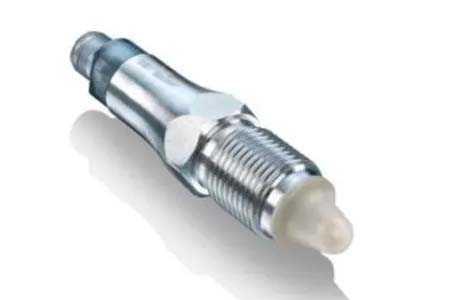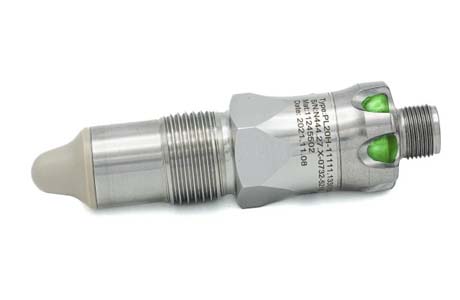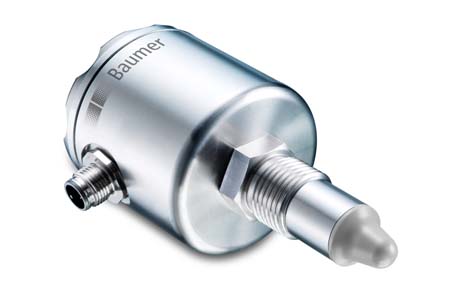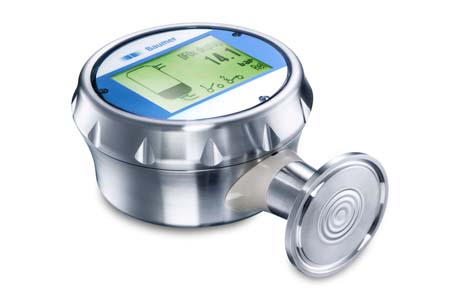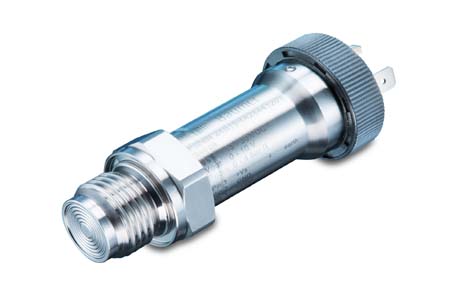Baumer Level Sensor: Clever Level & Ultrasonic Switch
IndMALL Automation offers a Baumer Level Sensor, ideal for industrial tasks. These sensors are super accurate and strong, fitting for various environments.
Baumer Level Switch works well in places like factories or clean rooms. Setting them up and using them is easy, which helps make your work more efficient. With these Baumer sensors, you can measure things precisely, making your job easier and more effective
Baumer Level Sensor: LBFS
- Accuracy: ±1 mm hysteresis and repeatability.
- Temperature Range: Operates between -40 to 85 °C.
- Protection: IP67/IP69K rated, humidity resistant.
- Output: PNP/NPN, NC/NO logic, short circuit protection.
- Connectivity: M12-A, 4-pin connector, 5m PVC cable.
- Power Supply: 12 – 30 V DC, 25-50 mA consumption.
Baumer Clever Level Sensor: PL20S
- Accuracy: ± 1 mm hysteresis and repeatability.
- Temperature Range: Operates between -40 to 85 °C.
- Protection: IP67/IP69K rated, humidity and vibration resistant.
- Output: PNP/NPN, digital (push-pull), 4-20 mA options.
- Connectivity: M12-A connector, polycarbonate or stainless steel.
Baumer Level Switch: PL20H
- Accuracy: ±1 mm hysteresis and repeatability.
- Temperature Range: -40 to 85 °C.
- Protection: IP67/IP69K, IP68, humidity and vibration resistant.
- Output: PNP/NPN, digital (push-pull), 4-20 mA; NO/NC logic.
- Interface: IO-Link 1.1.
- Connectivity: M12-A connector, polycarbonate or stainless steel.
Baumer Level Transmitter: LFFS
- Accuracy: ±1 mm hysteresis and repeatability.
- Response Time: 0.1 s (typical), 0.2 s (max).
- Temperature Range: -40 to 85 °C operating and storage.
- Protection: IP67, resistant to humidity and vibration.
- Output: PNP/NPN, digital (push-pull), various logics.
- Connectivity: M12-A, 4-pin, nickel-plated brass or stainless steel.
Baumer Ultrasonic Level Sensor: PFMH
- Temperature Range: Compensated from -40 to 85 °C.
- Measuring Range: -1 to 68 bar, max. span 69 bar.
- Response Time: Rise time ≤ 0.3 s, sample time ≤ 0.3 s.
- Temperature Coefficient: ≤ 0.05% FSR/10 K.
- Process Temperature: -40 to 125 °C, up to 200 °C
- Protection: IP67 with cable gland, IP69K with M12 connector.
Baumer Transmitter: PBMN
- Temperature Range: Compensated from -40 to 85 °C.
- Measuring Range: -1 to 400 bar, with a max. span of 400 bar.
- Response Time: Rise time ≤ 5 ms.
- Process Temperature: -40 to 125 °C, up to 200 °C with cooling neck.
- Protection: IP65/IP67, with various connector options.
At IndMALL, we have a great selection of Baumer Level sensors. This includes the Baumer Clever Level Sensor, great for accurately checking levels in different places. We also have the Baumer Level Switch, perfect for simple level control.
For keeping a close eye on levels, our Baumer Level Transmitter is ideal. It’s really good for continuous measurements. If you’re measuring liquid levels, the Baumer Ultrasonic Level Sensor is a solid choice. It uses sound waves to measure accurately.
And, for tough Tasks, our Baumer Transmitter is super reliable. It sends sensor readings even in hard conditions. All these Baumer products are top-notch for any level sensing task.
Product List:
Series |
Image |
Hysteresis |
Output type |
Switching logic |
Measuring principle |
Response Time |
|---|---|---|---|---|---|---|
| LBFS |  |
± 1 mm | PNP, NPN | Normally closed Normally open | CleverLevel level switches |
0.1 s, typ. 0.2 s, max. |
| PL20S | 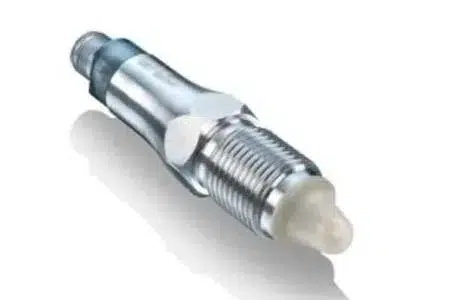 |
± 1 mm | PNP, NPN, Digital (push-pull) | Normally closed Normally open | CleverLevel level switches | < 150 ms |
| PL20H | 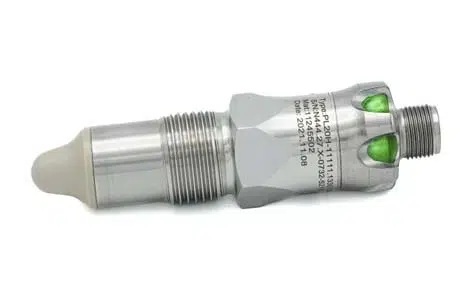 |
± 1 mm | PNP, NPN, Digital (push-pull) | Normally closed Normally open | CleverLevel level switches | < 150 ms |
| LFFS | 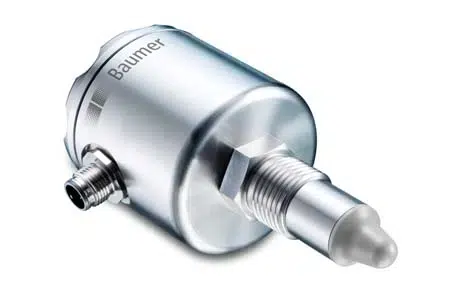 |
± 1 mm | PNP, NPN, Digital (push-pull) | Normally closed Normally open | CleverLevel level switches |
0.1 s, typ. 0.2 s, max. |
We offer a variety of Baumer Level Sensor for different power needs and applications, including models like:
- The LBFS series features ± 1 mm hysteresis, PNP/NPN outputs, NC/NO logic, CleverLevel principle, and 0.1-0.2 s response time.
- PL20S offers ± 1 mm hysteresis, PNP/NPN/Digital outputs, similar logic and principle as LBFS, with <150 ms response.
- PL20H mirrors PL20S in hysteresis, outputs, logic, and principle, also with <150 ms response.
- LFFS matches LBFS in hysteresis, outputs, and logic, uses CleverLevel principle, with 0.1-0.2 s response time.
Frequently Asked Questions
What is the purpose of a level sensor?
A level sensor is a tool that measures how much of something is in a container. It tells us if the container is full, empty, or somewhere in between. This is really useful in many places like factories or even in our homes.
For example, in a water tank, a level sensor can tell us when it’s time to fill it up. In industries, these sensors help keep track of liquids or solids in big tanks. This way, machines know when to stop or start filling them.
Level sensors help prevent spills or shortages. They make sure things run smoothly and safely, especially in places where exact amounts are important.
What are the two methods of level sensor?
Level sensors measure how much of something is in a container. There are two main ways they do this.
One way is using a contact method. This means the sensor touches the material it’s measuring. Like a stick measuring water in a tank.
The other way is non-contact. Here, the sensor doesn’t touch the material. It might use sound waves or lasers to measure from a distance. This is like using a flashlight to see how full a tank is without opening it.
Both methods are useful. The choice depends on what’s being measured and how it’s being used.
Is level sensor analog or digital?
Level sensors can be both analog and digital. It depends on the type of sensor and what it’s used for.
Analog sensors give a continuous signal that changes smoothly. It’s like watching a thermometer rise and fall. Digital sensors, on the other hand, give clear, specific readings. It’s like reading numbers on a digital clock.
In some situations, analog is better because it shows small changes. In others, digital is best for its clear, exact numbers. So, the choice between analog and digital depends on the job they need to do.
For more information on Baumer Level Sensors, feel free to contact us.

